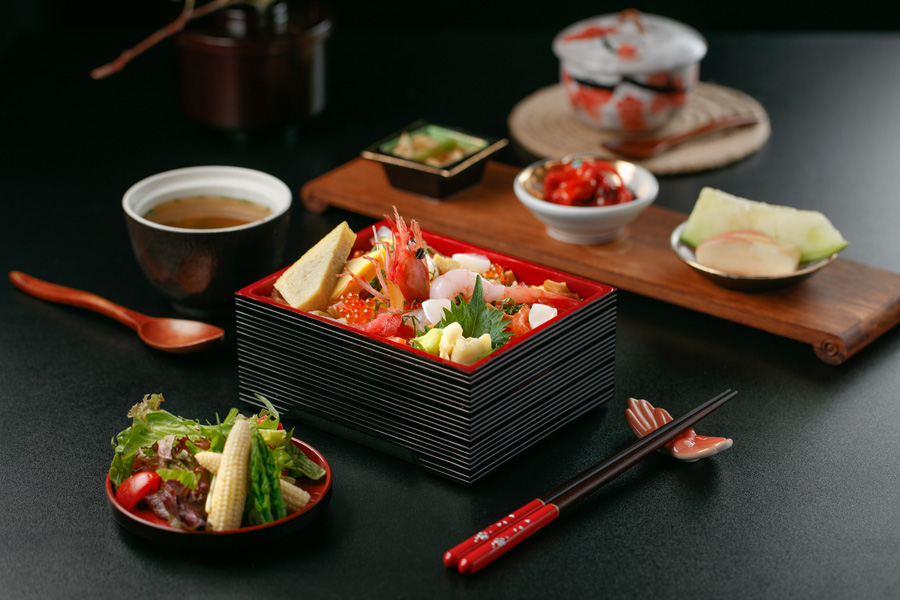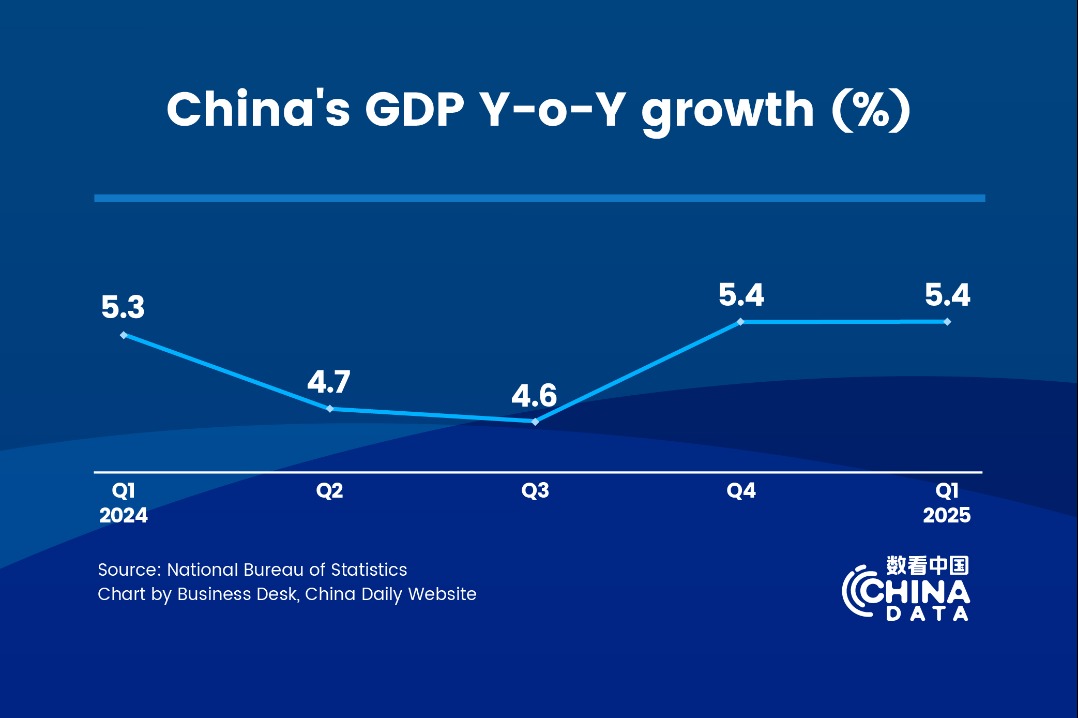Art restaurant puts a new spin on 'light' dining


"We use LCD and LED screens, as well as projectors to create the visuals. The place took us four months to design and five months to construct," says Zhang.
The two-storey restaurant has four sections-the upper floor is for Japanese barbecue, and the lower floor comprises a room for teppanyaki, a lounge bar and a dining room for creative kaiseki.
Each section has its own special effect. The background of the teppanyaki room is a collection of interactive cityscapes and scenic spots from around the world. For instance, if the screen shows the image of a beach, when diners talk or clap, the louder the sound, the larger the waves.
The images on the background of the bar section are more abstract and change by following the hand movements of guests.
"We are designing more interactive elements so that the diners can feel more immersed in the environment," says Zhang.
He notes that one new feature, currently being designed by the technical team, will have lights or imagery that follows a diner's plate when it's moved on the table.
Something that Zhang feels particularly proud of is that all the content is original, created solely by the restaurant's in-house design team.
























